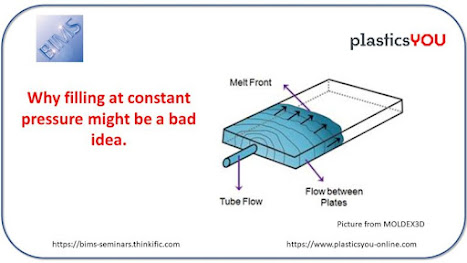Today's KNOWLEDGE Share: Geometric lattice cores!

Today's KNOWLEDGE Share Let's dive into the world of geometric lattice cores! When talking about geometric lattice cores, most people think about a core with hexagon shaped cells, which is the basic and most common cellular honeycomb configuration. However, we have other options currently available on the market, such as Flex-Core, Ox-Core and Double-Flex to name a few! But how to select between them? The Flex-Core cell configuration provides for exceptional formability in compound curvatures with reduced anticlastic curvature and without buckling the cell walls. Curvatures of very tight radii are easily formed. When formed into tight radii, Flex-Core provides higher shear strengths than a comparable hexagonal core of equivalent density. The “OX” configuration is a hexagonal honeycomb that has been over-expanded in the “W” direction, providing a rectangular cell configuration that facilitates curving or forming in the “L” direction. The OX process increases “W” shear proper







